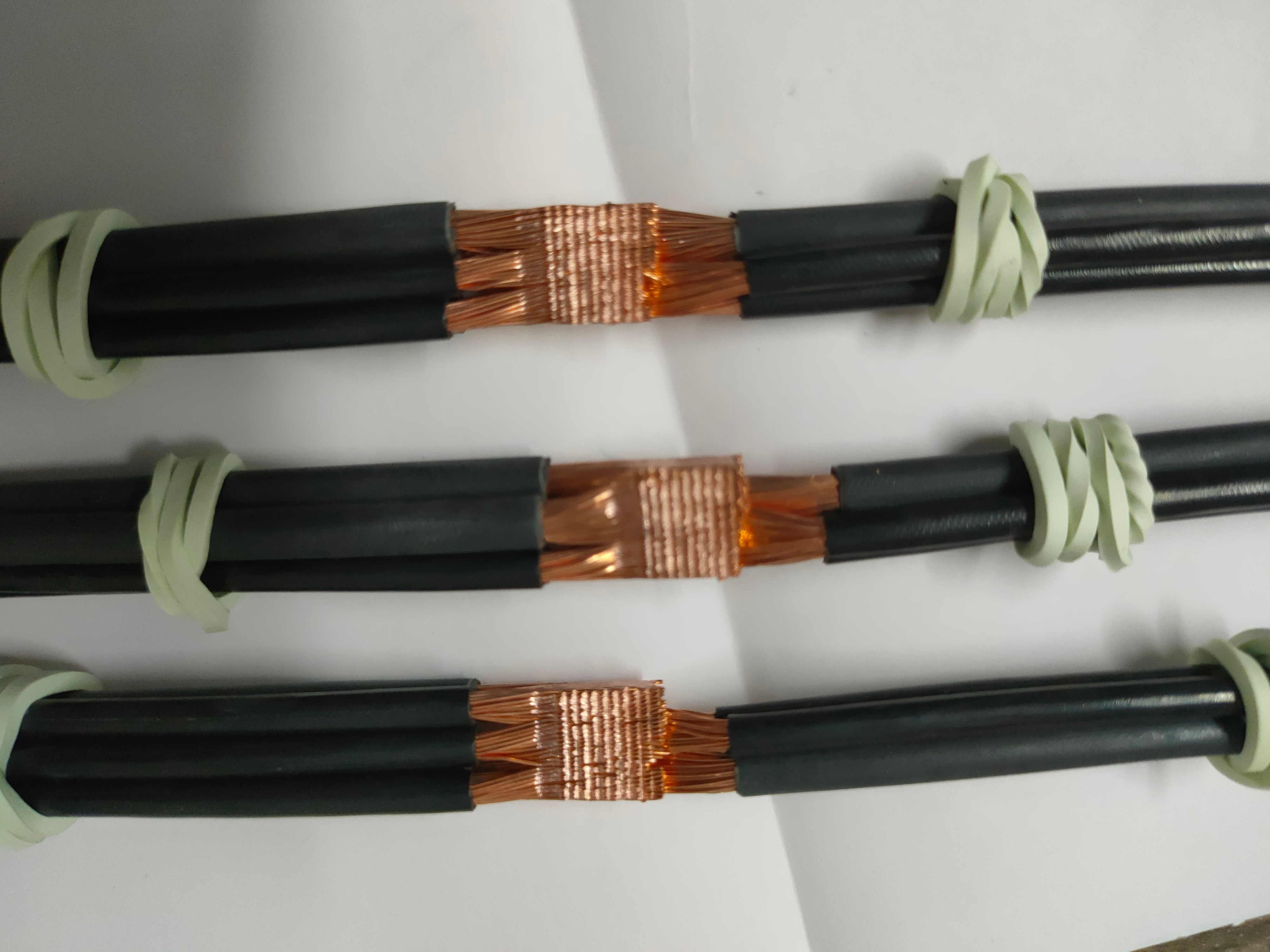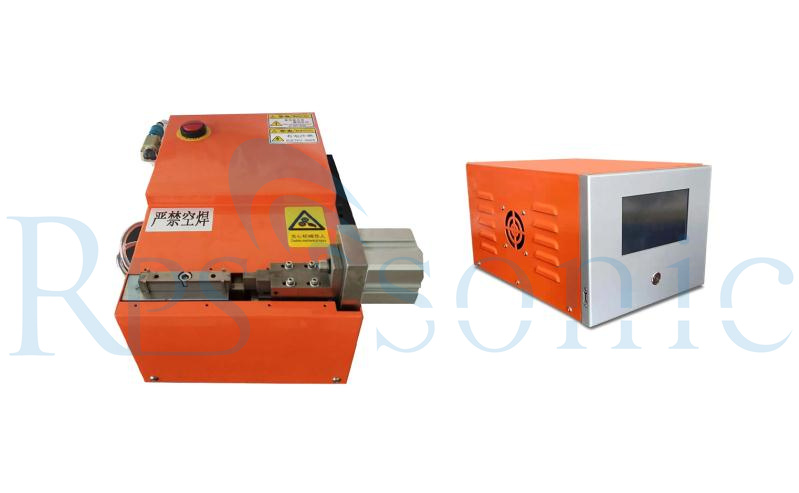Views: 0 Author: Site Editor Publish Time: 2024-03-01 Origin: Site








Ultrasonic welding principle: Ultrasonic wire harness welding is a commonly used process for automotive wire harness welding. The principle is to recombine the surface of the welding material through high-frequency vibration. Ultrasonic welding has low energy consumption, no pollution, strong welding and low internal resistance, and does not change the chemical properties of the welded parts. Excellent welding conductivity.

Compared with traditional crimp spot welding, the advantages of ultrasonic wire harness welding are as follows:
1. The welding time is short, the efficiency is greatly improved, fast and energy-saving;
2. The welding material has non-melting and non-brittle conductor properties;
3. After welding, it has excellent electrical conductivity, high strength, and extremely low or nearly zero resistance;
4. No flux, gas, or solder is required;
5. Welding without sparks or smoke, environmentally friendly and safe;
6. The welding process is stable and controlled by online detection.
Application of ultrasonic wire harness welding in automobile wire harness production process
The automobile wiring harness is the network main body of the automobile circuit and the neurons for the normal operation of the automobile. Without the wiring harness, there would be no automotive circuit. The traditional automobile wiring harness refers to a component in which contact terminals (connectors) punched from copper materials are crimped to wires and cables, and then an insulator or metal shell is molded on the outside, and the wiring harness is bundled to form a connecting circuit.
As automotive electronic products and various communication equipment enter the car, the requirements for the electrical signals transmitted by the automotive wiring harness are becoming increasingly stringent. In order to cope with these high-precision voltage and signal transmission requirements, the traditional wire harness manufacturing process uses some special materials, such as twisted pairs, shielded wires, gold-plated terminals, etc. However, it is still useless for most electronic control equipment and some special signals, such as CAN controller signal transmission lines, airbag signal transmission lines and some audio signal transmission lines. Although the existing terminal wire pair crimping process uses the above special materials, in the above-mentioned signal transmission lines, the signal still occasionally experiences distortion or large attenuation.
1 Research on terminal crimping process
Automotive cables crimped using the traditional crimping process were dissected and magnified and it was found that voids were formed between copper wires and between copper wires and terminal walls [1]. The traditional automobile wiring harness production process uses copper punched contact terminals (connectors) and wire crimping. The copper wire of the wire is simply squeezed to cause physical deformation of the copper wire, which may cause copper wire deformation. The disadvantage is that after the terminals and wires are crimped, the above-mentioned voids will inevitably form. The existence of these voids is inevitable. The existence of these voids will inevitably lead to an increase in the resistance coefficient of the crimping part and a decrease in conductivity, thereby affecting the transmission quality of current and signals, and thus affecting the normal operation of other electrical and electronic equipment. At the same time, quality defects caused by crimping during the wire harness manufacturing process [2] will inevitably lead to reduced durability, and are prone to heat and high temperatures, creating hidden quality hazards for wire harness burnout.
2 Comparative analysis of ultrasonic crimping and terminal crimping processes
Ultrasonic crimping uses transistor functional equipment to convert the power frequency of 50/60 Hz into high-frequency electrical energy of 20 kHz or 40 kHz, which is supplied to the converter. The converter converts the electrical energy into high-frequency mechanical vibration energy and regulates voltage. The device transmits high-frequency mechanical energy to the welding head of the ultrasonic welding machine. The vibration is transmitted to the two metal surfaces to be welded through the welding head. The two metal surfaces rub against each other to form heat energy that melts the metal. Under short-term pressure, the melt can generate strong molecular bonds when solidifying on the bonding surface, eventually forming metal molecules. The entire fusion cycle between layers usually takes less than a second, but the welding strength is close to that of a connected piece of material. The traditional terminal crimping is to simply physically squeeze the copper wire of the wire through the U-shaped part of the metal terminal, and use the surface friction between adjacent copper wires to ensure the connection between the wire and the terminal.
In fact, whether it is ultrasonic crimped wires or terminals and wires, they have a rectangular shape at the crimping point, with no loose core wires and broken or cracked core wires; moreover, the wires are not bent, but are self-fusion. Lead out in a straight line. Ultrasonic welding melts adjacent metal surfaces to form a fusion between metal molecular layers, which is equivalent to melting adjacent metals into a whole. Compared with the adjacent copper wires that are still independent metal entities after terminal crimping, the welding part is The density is better and no holes will appear. It has good electrical conductivity and extremely low or close to zero resistance coefficient, which effectively improves the durability of use, is not easy to generate heat, and has no quality hazards. As shown in Figure 1, it is the ultrasonic crimping section

content is empty!